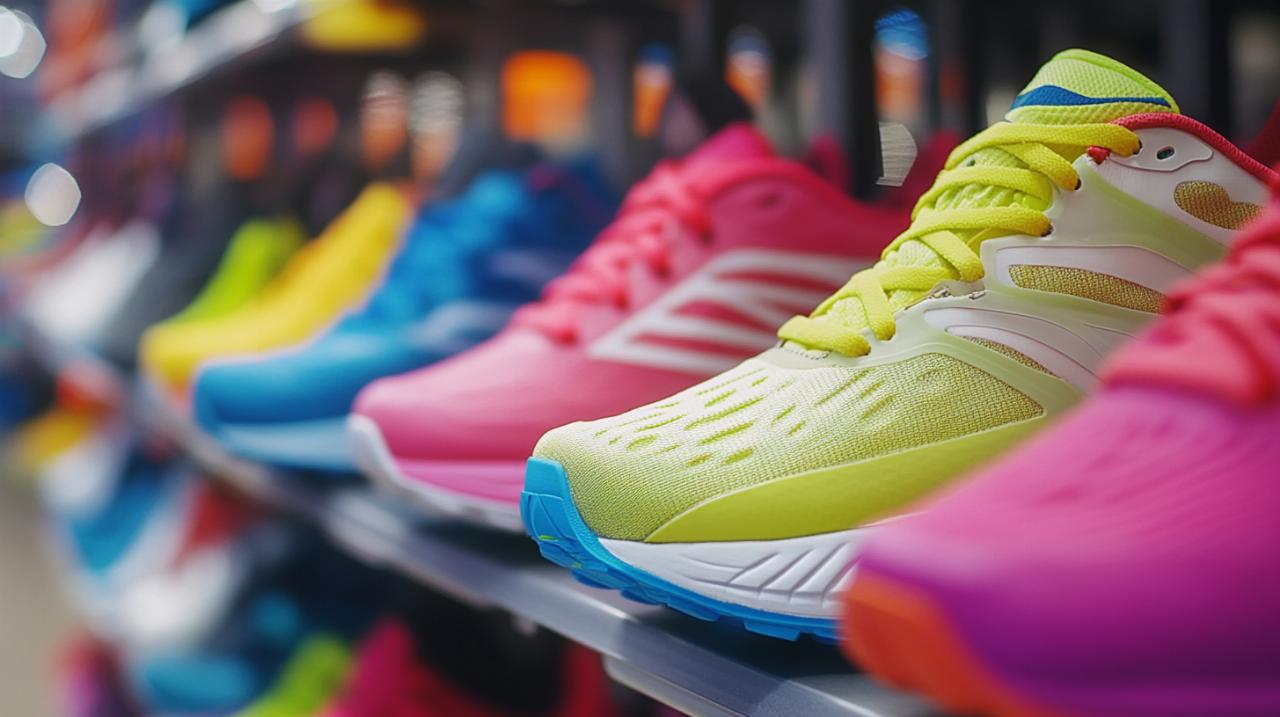Whether you are pounding the pavements of London or exploring the trails of the Peak District, selecting the right running shoes is fundamental to your performance and overall comfort. The way your foot strikes the ground with each step can dramatically influence not only your speed and efficiency but also your susceptibility to common running injuries. Understanding your unique foot strike pattern and matching it with the appropriate footwear is an essential step for any runner, from complete beginners to seasoned marathoners. This guide will help you navigate the world of running trainers, ensuring your choice supports your individual biomechanics and keeps you injury-free on every run.
Understanding your foot strike pattern
Your foot strike is the initial point of contact your foot makes with the ground during each running stride. This seemingly simple action is influenced by factors such as running speed, terrain, fatigue, and individual biomechanics. Recognising how your foot lands is crucial, as it affects the forces transmitted through your legs and can play a significant role in preventing injuries. In fact, understanding foot strike is now considered so important that many specialised running shops offer gait analysis to help runners identify their pattern and select suitable trainers. Insights from resources like the compralab blog suggest that informed decisions about running gear start with knowing your body's natural movement.
The Three Types of Foot Strike: Heel, Midfoot, and Forefoot
Runners generally fall into one of three categories based on where their foot makes initial contact with the ground. Rearfoot strike, commonly known as heel strike, occurs when the heel lands first before the rest of the foot rolls forward. This is by far the most common pattern, with studies showing that around ninety-four percent of recreational runners are heel strikers. Data from marathons and half marathons consistently reveal that the overwhelming majority of participants, particularly at longer distances, exhibit this rearfoot landing. Midfoot strike happens when the middle portion of the foot makes contact simultaneously or nearly so, distributing the impact more evenly across the foot. This pattern is considered efficient and is more commonly seen among faster runners and those who have refined their running form. Forefoot strike involves landing on the ball of the foot first, a technique often observed in sprinters and elite distance runners. However, this pattern places greater strain on the calf muscles and Achilles tendon, and only a small percentage of distance runners naturally adopt it. Research from races in Japan and the United Kingdom indicates that forefoot strikers represent just one to two percent of marathon participants, with midfoot strikers making up around three to twenty-four percent depending on the race distance and terrain.
Why your foot strike matters for injury prevention
The way your foot contacts the ground has direct implications for your injury risk. Heel strikers experience a distinct impact peak during the initial landing phase, which has contributed to the negative reputation of this foot strike pattern. Studies have shown that rearfoot striking runners are more likely to suffer from mild and moderate injuries compared to those who land on the midfoot or forefoot. Specific conditions such as hip pain, knee discomfort, lower back issues, tibial stress injuries, plantar fasciitis, and stress fractures excluding those in the metatarsals occur two to four times more frequently in heel strikers. This increased injury risk is attributed to the higher vertical impact forces and the tendency for heel strikers to overstride, landing with the foot too far ahead of the body's centre of mass. Conversely, forefoot and midfoot strikers typically land with a more flexed ankle and knee, which allows the muscles and tendons to absorb more of the impact force, reducing the load on bones and joints. However, these patterns are not without their own risks, as forefoot strikers may develop calf strains, Achilles tendinopathy, and metatarsal stress fractures due to the increased load on the front of the foot and lower leg. Therefore, understanding your natural foot strike and any associated injury patterns is vital for making informed decisions about your running shoes and overall training approach.
Matching trainers to your individual running style

Once you have identified your foot strike pattern, the next step is to select running shoes that complement your biomechanics and provide appropriate support and cushioning. The modern running shoe market offers a wide array of options tailored to different foot types, pronation patterns, and running surfaces. Choosing the correct trainer can enhance your comfort, improve your running economy, and significantly reduce your risk of injury. It is important to consider not only your foot strike but also factors such as your arch height, the degree of pronation or supination, and the surfaces you typically run on. Road shoes are designed for even, paved surfaces and tend to be lighter and more flexible, while trail shoes offer greater stability and traction for rugged, uneven terrain. Additionally, some runners may benefit from race shoes with carbon plates for speed work or waterproof options for wet conditions. The key is to match the shoe's construction and features to your specific needs, ensuring that your trainers work with your body rather than against it.
Neutral, stability, and motion control shoes explained
Running shoes are typically categorised into three main types based on the level of support they provide. Neutral shoes are designed for runners who have a balanced or neutral pronation, meaning their foot rolls slightly inward upon landing in a natural and efficient manner. These trainers are the most flexible and lightweight, offering cushioning without additional structural support. They are ideal for runners with normal to high arches and those who do not overpronate. Stability shoes, on the other hand, are intended for runners who exhibit mild to moderate overpronation, a condition where the foot rolls inward excessively during the gait cycle. This is common among individuals with low arches or flat feet. Stability shoes incorporate firmer midsole material or support structures on the inner side of the shoe to help correct this inward roll and guide the foot through a more neutral motion. Motion control shoes represent the most supportive category, designed for runners with severe overpronation or very low arches. These trainers are more rigid and structured, featuring substantial arch support and a reinforced heel counter to limit excessive foot motion. While less common, supination or underpronation occurs when the foot rolls outward, potentially straining the ankle and lower leg. Runners with this pattern typically benefit from neutral shoes with ample cushioning to absorb impact, as their feet do not naturally pronate enough to dissipate the shock effectively.
The Importance of Professional Gait Analysis at Running Shops
Determining your foot strike pattern and pronation type on your own can be challenging, and many runners are not accurate in self-identifying their gait. This is where professional gait analysis becomes invaluable. Specialist running shops across the United Kingdom offer gait analysis services, often free of charge, to help customers select the most appropriate footwear. During a gait analysis session, trained staff will typically observe you running on a treadmill or flat surface, often using high-speed video analysis to capture your foot strike and pronation in slow motion. This detailed assessment allows them to identify whether you are a heel, midfoot, or forefoot striker, as well as how much your foot rolls inward or outward during each stride. Some shops also use advanced technologies such as running sensors or pressure plates to provide even more precise data about your biomechanics. Additionally, examining the wear patterns on your old trainers and checking removable insoles for imprints can offer useful clues about your foot strike and pressure distribution. By taking advantage of gait analysis, you can avoid the common pitfall of wearing the wrong size or type of shoe, a mistake that affects sixty-eight percent of runners according to industry research. The expert guidance provided by running shop staff ensures that you leave with trainers that support your natural movement, enhance your comfort, and help you achieve your running goals while minimising the risk of injury.

